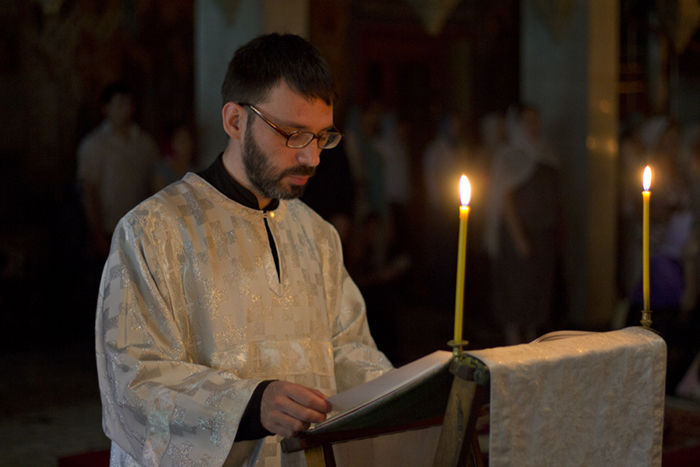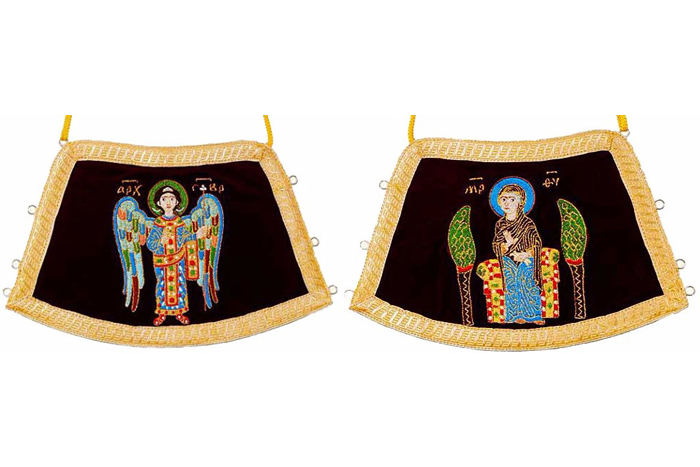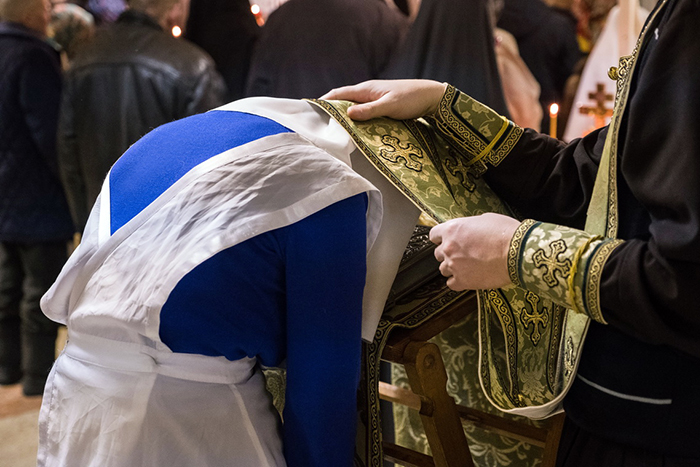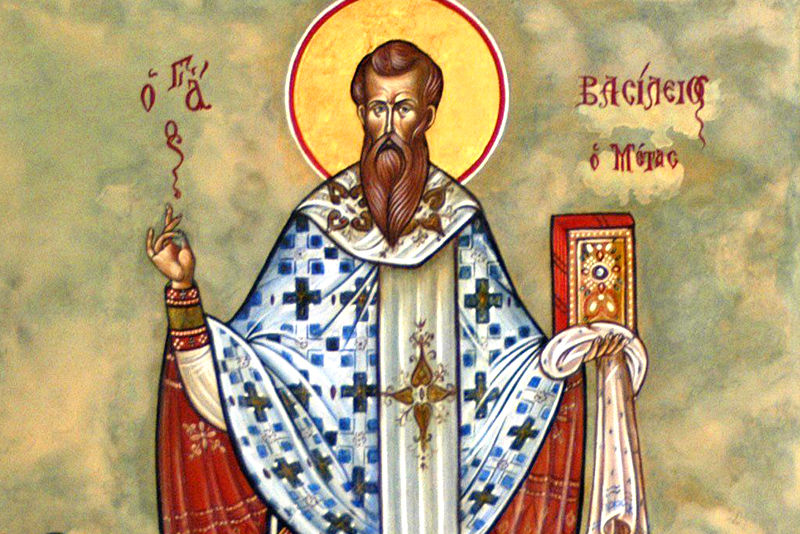
The Orthodox divine service is performed by the priest and deacon in the altar, as well as singers and readers in the choir. Arguably we hear the voices of the readers most frequently in the church. They are assigned the important role of reading aloud the Paremias and the Epistle, the Psalms, the Prokeimenon and other parts of the service. Sometimes even attendance may depend on the clarity and quality of reading. Who are the readers and what role did the church community assign them in ancient times?
The Origin of the Rank
The Reader (Greek: αναγνώστης, Latin lector) is one of the oldest church officials who performs one of the most important functions during the divine service, namely the proclamation of God’s Word at the Liturgy. This rank did not come into being immediately, because in Apostolic times any Christian who was literate (many people, including slaves, could read and write in antiquity) could read sacred texts during a divine service. Also in pre-Christian times, any adult man could read the Torah, books of the Prophets, and other Holy Scriptures. One of the first mentions of readers who read the holy books during the divine service of the Day of the Lord is in the Apology of Justin Martyr (†165 AD) but it remains unclear from the context of the Apology whether they were specially dedicated readers or ordinary believers performing this ministry. Tertullian also mentions the service of the readers briefly (De praescrip. 41). However, we find the first clear evidence of a special ecclesiastical rank in the Apostolic Tradition attributed to Hippolytus of Rome (†235 AD), which states that “the reader is commissioned when a bishop hands him a book, but he does not lay his hand on him” (Apostolic Tradition, 11). Here, for the first time, a distinction is made between the consecration to the higher, sacred ranks, which is called ordination proper, and the consecration to certain ranks of church servants, which was given the name of chirotesy (χειρο-θεσία – “the hand”, from Ancient Greek χείρ – “hand” + Ancient Greek. τίθημι – “put, place, lay”). However, many ancient church writers did not make a distinction between ordination and chirotesy, applying the latter word to the ordination of bishops as well.
Starting the Career
It took a while for the reader’s ministry to develop into a separate ecclesiastical rank. In certain Christian communities, they might not have been part of the clergy at all, as some of the Holy Fathers clearly write, listing the ranks of clerics. Thus, almost all early Fathers list readers among the members of the clergy, but some lists do not include them. Church historian Eusebius of Caesarea brought to our attention the famous letter of the Holy Pope Cornelius (†253 AD) to Bishop Fabian of Antioch, in which the Bishop of Rome lists all the clerics of the Church of Rome, and readers among them (Eusebius, Church History I.6.43). In a letter to Bishop Himerius (†399 AD), the Holy Pope Siricius describes the typical beginning of the career of a Roman clergyman: a young boy who assisted in worship, let alone sang in the papal choir, was elevated to the rank of reader (Siricius, Papa. Epistola I Ad Himerium Episcopum. 11). When he reached adolescence, if he stayed in the choir, he was promoted to the rank of senior singer (paraphonistae) and then elevated to the rank of a subdeacon. Over time, the rank of reader acquires a very high and important status in the Church, both in the East and the West.
The High Rank of an Anagnost
The fact that the rank of reader was perceived in the Church as a very high and honorary is evidenced by the words of a Christian poet Commodian from Gaza (early 3rd century), “You are the flowers of the people, you are the lamps of Christ. Remember your dignity and do not forget about your power.” Hieromartyr Cyprian of Carthage (†258 AD) conferred the title of readers upon the confessors of Christ Aurelius and Celerinus as a reward for their steadfastness in faith during the persecution. Many great Fathers of the Church, such as St. John Chrysostom, Basil the Great, Gregory of Nyssa and others began their service in the Church as readers. The high status of readers in the Ancient Church is confirmed by the fact that since they were entrusted with reading the Holy Scriptures and other divine services, they were the keepers of the Holy Scripture copies and liturgical books. Therefore, during Diocletian’s cruel persecution at the beginning of the 4th century, the pagan authorities specifically targeted readers as custodians of the main doctrinal books of the Christians. Facts such as the participation of some readers (although this was not a common practice) in Church councils have been preserved, as exemplified by the 314 Council of Arles, the acts of which were signed by two readers in addition to the bishops. All this shows that anagnosts (readers) still maintained a high status in some Churches at the beginning of the 4th century.
One might ask: why were readers, who were just lower clerics and not members of the sacred hierarchy which starts with the deacon, so highly respected in the early period of Christianity? The truth is that in the early period of church history, readers were entrusted with the task of not only reading passages from the Old Testament, Psalms, Epistles, hymns and other chants, but even reading the Gospel. In so doing, the reader was not only entrusted with merely reading the passages, but also with interpreting what he had read, giving sermons and speaking publicly. This practice is recorded in Rule 8 of the Statuta Ecclesiae Antiqua (5th century), which states that the bishop must inform the flock about the behavior, abilities, and right faith of the appointee. While handing over the sacred book to the initiate, the bishop pronounced, “Take it, carry out the privilege of reading the Word of God, and be assured that in fulfilling your office with dedication and goodwill you will join the messengers of the Word of God.” It was the reader who was assigned the role of the evangelist and preacher in the Church conscience.
The second part of this article will discuss in detail the rite of readers’ consecration and their liturgical and extra-liturgical ministry in the traditions of the East and the West.



